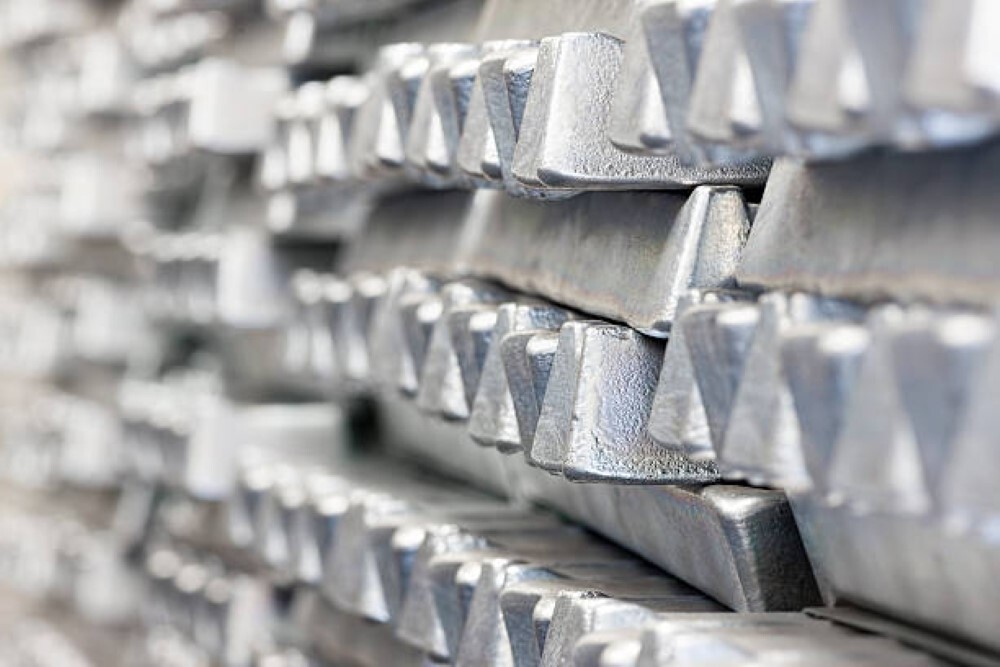

Aluminium prices slipped by 0.48 per cent, settling at ₹236.45 (USD 2.85), as seasonal domestic weakness and ongoing global trade uncertainties continued to dampen market sentiment. Despite the bearish trend, downside pressure is limited with a rise in alumina prices, driven by supply constraints and refinery maintenance in key Chinese regions, such as Shanxi and Guizhou.

Image source: istockphoto
Environmental restrictions and limited bauxite supply have tightened the alumina spot market, driving up production costs. According to the WBMS, global primary aluminium output in March reached 6.1609 million tonnes, with consumption at 5.8836 million tonnes, resulting in a monthly surplus of 277,300 tonnes.
Continuing the oversupply trend, the global aluminium market recorded a Q1 2025 surplus of 538,700 tonnes. April data from the International Aluminium Institute (IAI) shows a 2.2 per cent year-on-year rise in global primary aluminium output to 6.033 million tonnes. Meanwhile, the cash-to-three-month contract spread narrowed from a USD 6 premium to a USD 2 discount, signalling weaker short-term demand.
China remained a key contributor to global output growth, with aluminium production increasing by 4.2 tonnes year-on-year to 3.75 million tonnes in April. This pushed the country's cumulative output for the January-April period to 14.79 million tonnes, marking a 3.4 per cent rise compared to the same time frame last year.
On the technical front, aluminium continues to face fresh selling pressure, indicated by a 0.36 tonnes increase in open interest to 4,459 lots. Prices are now testing a support level at ₹235.3 (USD 2.83), with further downside potential toward ₹234.1(USD 2.82). Resistance is noted at ₹238.6 (USD 2.87) and a break above this level could see prices move higher toward ₹240.7 (USD 2.90).
Also read: Low inventory support vs off-season demand: Short-term aluminium prices lack clear drivers
Responses








